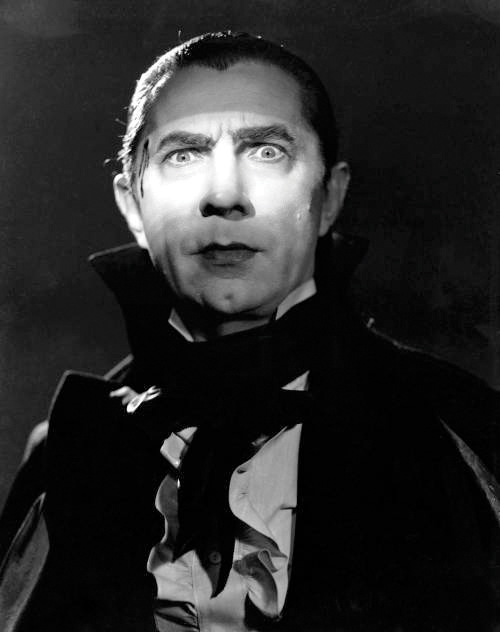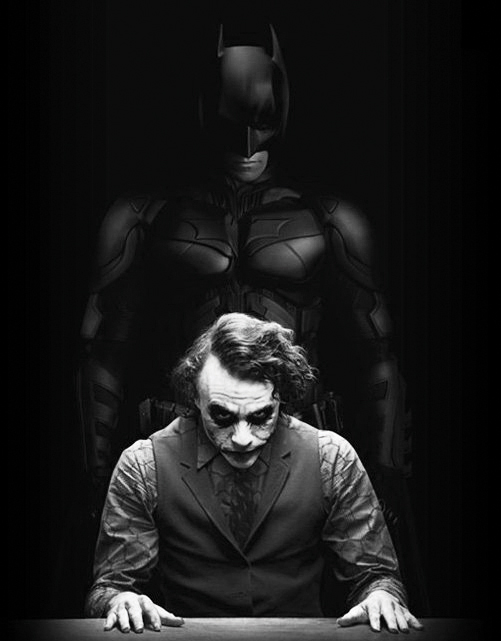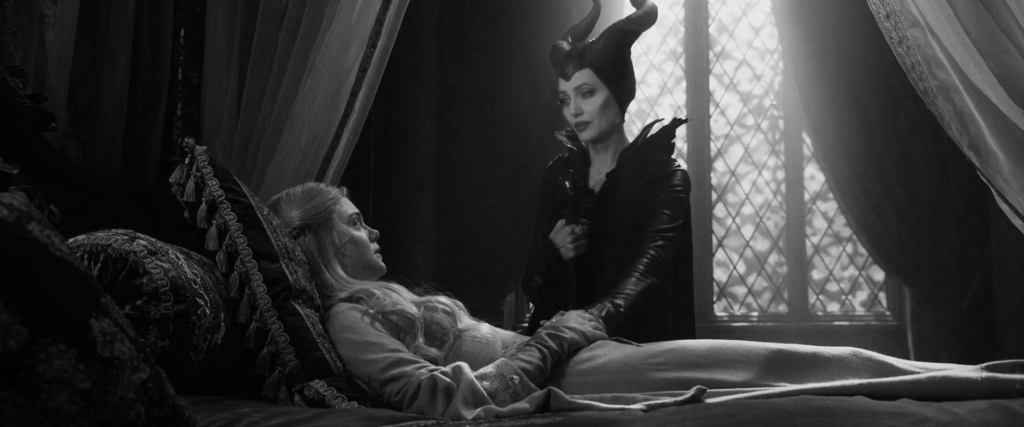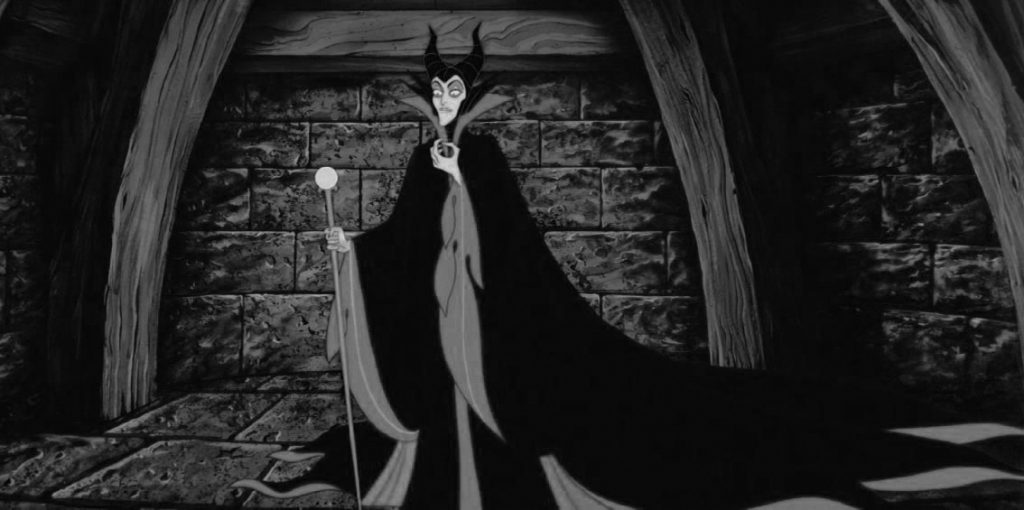From the opening pages of Genesis to the opening scenes of Western movies, media has traditionally associated light with positivity and darkness with negativity.
Across literature and film, authors and directors use literal light and darkness to suggest figurative meanings about characters, plots and themes.
Villains sneak in shadows, dwell in dungeons and cloak themselves in darkness. Superheroes save the day in colorful capes, and princesses live in luminous towers. These tropes hold true in almost every popular book or movie.
Few works truly, let alone successfully, flip these conventional messages to convey the beauty of darkness.
“Turning ‘darkness’ into a more positive perspective is aspirational because light and darkness being present at the same time is more indicative of how we actually experience the world,” said Joi Carr, director of the Film Studies program and professor of English and film studies.
Five experts and 10 students agreed that these tropes — or significant and often overused themes and metaphors — are prevalent. However, many said they have negative social and racial implications.
Origins of traditional tropes
Perceptions of light and darkness existed long before literature and film. Several professors and students agreed that human beings are universally afraid of darkness because it deprives them of their sight, making them more prone to injury or disorientation.
“It’s kind of an instinctive thing,” English Professor Constance Fulmer said. “We’re afraid of the dark as children, and all of those things that make us afraid of the dark as children are carried over into adulthood and are important in literature because they call to mind all of those insecurities.”
With the advent of electricity, people now survive and even thrive after the sun sets. Yet the majority of society has maintained the negative connotation of darkness.
Many ancient stories are rooted in the idea that light is good and darkness is evil, and several sources also cited the Bible as a cause of the longstanding trope. When God declares, “Let there be light” in Genesis 1, light — not darkness — represents the beautiful, good and true.
Communication Professor Roslyn Satchel, who is writing a book about beauty in darkness, described the Bible as “a different aesthetic” than that of today. In ancient times, people created a now inapplicable duality that presented darkness as negative.
“If we engage in historical criticism, we can recognize that this was a metaphor they had to deal with to create a Gospel for the time, but it does not have to be the only metaphor we can use,” Satchel said.
Satchel said the Pythagorean Table of Opposites — an ancient logic system used to educate the masses and help people simplify a complex world — associated light with good and darkness with evil. Later, transcendentalism and the Enlightenment prompted people to embrace the European value of moving toward light.
Sources also mentioned that when discussing light and darkness, race cannot be overlooked.
“When exploring ‘darkness,’ the notion of ‘whiteness’ and its resonance with the myth of white supremacy is tethered to that in the United States,” Carr wrote in a follow-up email. “One has to consider that. You have to.”
Carr said African American authors such as Ralph Ellison and Toni Morrison explored how the concept of blackness is a social construct intended to uphold the idea of white supremacy in literature. This belief system had and continues to have tangible sociocultural consequences.
Motivations and effects of maintaining traditional tropes
Individuals’ attention spans are shorter than ever, and books and films have mere pages and seconds to captivate the audience. Carr said the motif of light and darkness serves as a shorthand to quickly symbolize an idea.
“Stereotyping or flat characterization is often used in cinematic arts,” Carr wrote. “However, if representations were more even across all groups of people, including gender, we would not have a problem with shorthand, but shorthand is often at the expense of marginalized people, unfortunately.”
Negative assumptions about darker skin tones can result in archetypes such as the mammy, often presented as an older, overweight African American woman who cares for white children, Carr said. This archetype can be seen in “Gone with the Wind,” “To Kill a Mockingbird” and “The Help.”

“Gone With the Wind,” 1939. Victor Flemming’s “Gone With the Wind” features Hattie McDaniel as the enslaved house servant Mammy, a common typecast role for African American actors. McDaniel’s portrayal won her an Oscar, making her the first African American to win the award.
Senior media production major Kelsey Harmon said the media industry does not often flip metaphors. Unless the creator establishes the change from the beginning, the audience will expect light to signify good and darkness to signify bad. As a result, adhering to the tropes is easier and more common than deviating from them.
“It’s not as hard to set up,” Harmon said. “You’re already halfway there.”
Senior film studies major Orion Keen said contemporary cinema, especially romantic comedies and family movies, uses lighter tones because they are easier to advertise to a wider variety of age groups and earn more money.
Similarly, Satchel said films that adhere to the traditional trope of light and darkness, such as “Star Wars,” “Raiders of the Lost Ark” and the Marvel series, are some of the highest-grossing films of all time. They reinforce what the audience wants to believe about light’s superiority to darkness.
These universal truths related to light and the lack thereof are exceptionally effective in literature because they are more recognizable and relatable, Fulmer said.
Light in literature
In her English classes, Fulmer emphasizes how skilled writers employ tropes frequently. Authors use light and darkness to add depth and clarity to written works and to make the literal figurative.
“It’s a mark of excellence — what we call aesthetics — making things more beautiful, more meaningful, more accessible,” Fulmer said.
Common techniques that authors use to convey tropes include the use of weather and shadows.
Fulmer said the negative connotation of darkness is common in literature because the words and ideas writers use to exemplify darkness are usually built upon sinister moods and motives.
The classic opening phrase, “It was a dark and stormy night,” inevitably leads to tension, especially in Madeleine L’Engle’s “A Wrinkle in Time.” Even in Charlotte Brontë’s widely-read “Jane Eyre,” the protagonist’s mood declines at night or during gloomy English weather, and her character blossoms during the day.
Professor John Struloeff, director of creative writing, asks his students why respected literature is often somber. In doing so, he said he hopes they realize that the darkness of literature has a deeper purpose.
“People who take seriously what they read want that work to also take life seriously,” Struloeff said.
Consider a book often incorporated into high school and college literature classes: “Night” by Elie Wiesel. Life, hope and God can seem absent when darkness arrives.
Senior English literature major Connor Baldridge said the majority of culturally unifying stories could not exist without darkness, and sources agreed that unconventional literary works often establish darkness as calming. Darkness allows one’s body to rejuvenate.
For instance, Carr said “The Color Purple” associates darkness with positivity, as Celie contemplates and changes her life while in a space with heavy shadows.
A more extreme example of twisting the trope is Bram Stoker’s “Dracula,” which associates light with negativity through the vampire’s aversion to sunlight and his threatening white fangs.

“Dracula,” 1897. Bram Stoker’s novel “Dracula” twists the traditional tropes by depicting light in a negative sense. Sunlight is dangerous, as it can burn the vampire, and the whiteness of his fangs instills a sense of fear.
Motifs in movies
Leslie Kreiner Wilson, director of the MFA program in Writing for Screen and Television, said directors who utilize light and darkness symbolically must do so in a visually pleasing and easily understandable way.
Wilson said “Schindler’s List” maintains the traditional trope of light and darkness. For example, when Stern holds up the completed list of Jews to be saved from concentration camps for Schindler to see and states, “The list is an absolute good. The list is life,” the list alone is illuminated.
As Schindler examines the list, he steps from the darkness into the light. This conveys his character arch from swindler to savior. He initially takes advantage of Jewish factory workers to save money, but after realizing he has the ability to protect these individuals, he later lies to, bribes and manipulates Nazis for the greater good.

“Schindler’s List,” 1993. Steven Spielberg’s “Schindler’s List” upholds the conventional associations of light and darkness by physically lighting the list of Jews to be saved from concentration camps. During the scene when the list is completed, Schindler steps out of the darkness and into the light, conveying his contribution to the greater good.
Keen said most films have a formulaic beginning, middle and end, so lighting is one way to distinguish them from one another. As a symbol, light serves to communicate ideas and influence the audience’s emotions.
One way to use light and darkness in film is to create high contrast lighting — a technique often found in film noir. Carr said this separation represented the social conditions of a particular city that prevented residents from achieving a healthy sense of self. German expressionists used jagged lines and lighting to reflect citizens’ psychological state after World War I.
“Darkness is usually used in contrast with light in film to explore contradiction or to explore psychological mood and tone — the contrast must be present in order to make a statement,” Carr wrote.
Carr said common techniques in horror films include placing a light underneath the antagonist’s face to distort features, using a kicker light to surround characters with light or using high contrast lighting with low fill to create a line down the center of the face.
Senior film studies major Valentine Douglas said when both protagonists and antagonists have elements of light and darkness, the story is more interesting. Associating a character with light and then portraying them negatively or associating a character with darkness and then portraying them positively challenges viewers’ expectations and aids character development.
“The Dark Knight,” for instance, challenges the audience’s preconceptions of the safety of light and darkness, Douglas said, because the Joker commits crimes during the day and Batman performs heroic actions during the night.

“The Dark Knight,” 2008. Christopher Nolan’s “The Dark Knight” turns traditional superhero imagery on its head, as a villain in white facepaint (the Joker) commits crimes during the day, while the hero, clad in black (Batman), fights crime at night.
Douglas said that although most viewers of comedy and romance films think they want a positive plot, conflict — which is associated with darkness — is the essence of storytelling and makes a film engaging.
“What you need to first do is deconstruct Hollywood expectations because Hollywood is built on ideas or stereotypes of who’s the hero and who’s not the hero,” Douglas said.
Keen said that because reversing the audience’s expectations is so difficult, most filmmakers reveal the beauty of darkness very slowly.
“It’s hard to completely flip it on its head because immediately when you show something dark, the audience is going to immediately think evil or something sinister. …” Keen said. “I think it’s difficult — and when filmmakers do achieve this, it’s incredible — to take something dark and make it immediately shown as light.”
Satchel was unable to think of a mainstream example that portrays darkness as positive. That in itself is significant, she said.
Motivations and effects of changing traditional tropes
Fulmer said associating darkness with positivity can be an attention-grabbing mechanism, a distinguishing style or a call to think more deeply about a subject.
“[A reversal of traditional tropes reminds] me to not always go along with what everyone else says is right and actually think about it for myself,” said Phyllis Yu, a junior English literature major.
Senior screen arts major Nicholas Manning said society is realizing that what it assumes is positive can have harmful qualities and what it assumes is negative can have redeeming qualities.
“In the 21st century, we’ve gotten a lot more comfortable living in the gray,” Manning said.
The live-action rendition of the 1959 film “Sleeping Beauty” reverses the traditional trope by making Maleficent the hero. In the original animated version, the good characters wear light colors, live in well-lit homes and do only good deeds; the villain wears black, lives in darkness and does only evil deeds. “Maleficent” challenges this two-dimensional characterization, painting the dark fairy as a complex protagonist in spite of her shadowy past.
“Maleficent,” 2014. Robert Stromberg’s “Maleficent” flips the script on the Disney classic, portraying the dark fairy as a complex hero who saves the day in spite of her shadowed past.
Douglas said reversing long-held tropes and viewing light and darkness and good and evil as a spectrum rather than a binary is authentic, relatable and truth-revealing.
“When you tell stories that don’t try to paint things black or white, you get to a deeper reality about humanity, and I think that’s what all storytellers are trying to do,” Douglas said.
Rather than perceiving darkness as negative or avoiding it altogether, Struloeff said one should perceive it as something that sustains humanity.
“Sleeping Beauty,” 1959. Walt Disney’s “Sleeping Beauty” is a classic example of light equating goodness: Princess Aurora wears light colors, dances in sunbeams and performs only good deeds. The villain Maleficent wears black, lives in a dark castle and performs only evil deeds.
Similarly, Carr wrote that although failing to recognize the beauty of darkness is common, “light without shadow is antithetical to the way in which we experience the world because shadows are always present — that is basic science.”
Darkness also plays a key role in faith because the absence of light can foster reflection, growth, faith and hope.
“Turning darkness into light also has a great deal of theological implications and embodies a problematic premise,” Carr wrote.
Satchel echoed this sentiment, discussing the often misunderstood relationship between God and darkness.
“We need to move on from the idea that God is missing in the darkness,” Satchel said. “We do not need to be afraid of the dark because God is in the dark. He is in the light and the dark, and we can’t have one without the other.”
Satchel said that although conformity is often easier, viewing each other outside of the paradigm of light and dark and good and evil is the only way society can improve.
“Understanding the beauty in darkness and blackness is central to deconstructing all things oppressive,” Satchel said. “If we get rid of the idea that what is dark is bad, ugly, fearful, evil, we can also start to think, ‘Those people are different, but different doesn’t have to mean good or bad or right or wrong.’”
Senior English literature major Caroline Sharp emphasized that reversing traditional motifs is important and requires society to examine the cause of such primitive beliefs.
“If you become too embedded in a single trope, that’s the only way that you can think, so I think it’s good for people to see things from multiple perspectives,” Sharp said. “Seeing dark as something positive is a twist because you’re not expecting it, but I think it opens a lot of doors for possibilities in writing or symbolism or development that people don’t have access to if they’re just rooted in that one idea.”
___________
Email Makena Huey: makena.huey@pepperdine.edu



